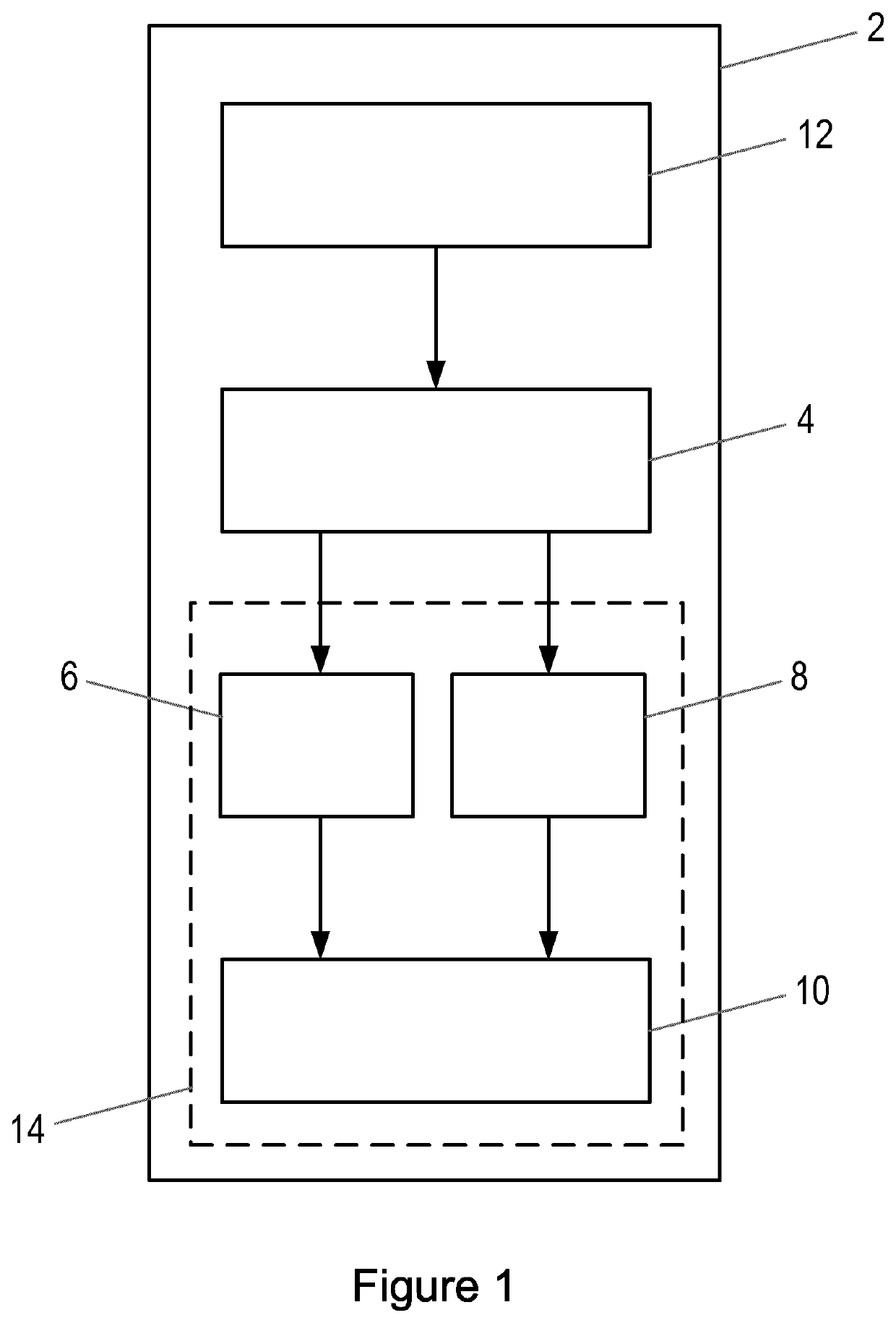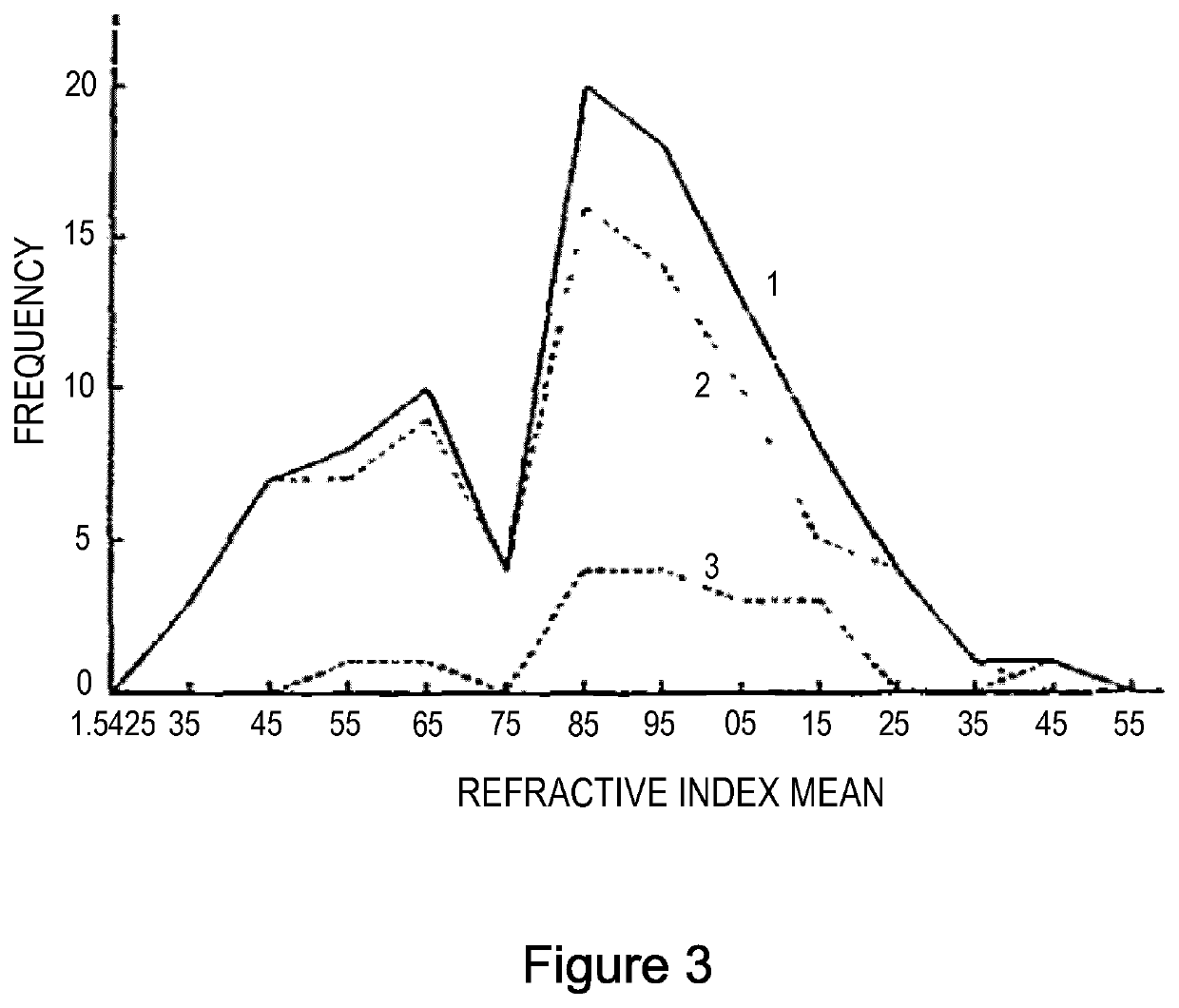A hair cutting device using pulsed radiation
a hair cutting and pulsed radiation technology, applied in the field of hair cutting devices, can solve the problems of optical waveguide temperature to increase to such a level, optical waveguide damage, etc., and achieve the effect of increasing the numerical aperture of light propagation, prolonging the shaving device, and increasing the effectiveness of hair cutting ligh
- Summary
- Abstract
- Description
- Claims
- Application Information
AI Technical Summary
Benefits of technology
Problems solved by technology
Method used
Image
Examples
Embodiment Construction
[0024]As noted above, the present invention provides an improvement in the longevity of a laser light-based shaving device, for example as described in WO 2014 / 143670. In particular, it has been recognised that the likelihood of damaging a cutting element may be reduced by delivering a relatively low intensity of light to the cutting element. By reducing the chance of the cutting element overheating and, therefore, becoming damaged, the useful life of the cutting element and the hair cutting device to which the cutting element is fitted are likely to be lengthened. Consequently, the need for a user to replace the cutting element or the hair cutting device is reduced.
[0025]It will be appreciated that the invention is applicable to shaving devices (e.g. razors or electric shavers), and any other type of device that is used to cut hair (e.g. hair clippers), even if those devices do not necessary aim to provide a ‘clean shave’ (i.e. to remove hair at the level of the skin).
[0026]As disc...
PUM
| Property | Measurement | Unit |
|---|---|---|
| wavelength | aaaaa | aaaaa |
| wavelength | aaaaa | aaaaa |
| wavelength | aaaaa | aaaaa |
Abstract
Description
Claims
Application Information
 Login to View More
Login to View More - R&D
- Intellectual Property
- Life Sciences
- Materials
- Tech Scout
- Unparalleled Data Quality
- Higher Quality Content
- 60% Fewer Hallucinations
Browse by: Latest US Patents, China's latest patents, Technical Efficacy Thesaurus, Application Domain, Technology Topic, Popular Technical Reports.
© 2025 PatSnap. All rights reserved.Legal|Privacy policy|Modern Slavery Act Transparency Statement|Sitemap|About US| Contact US: help@patsnap.com



